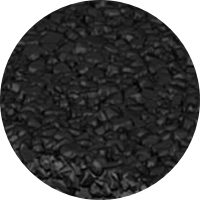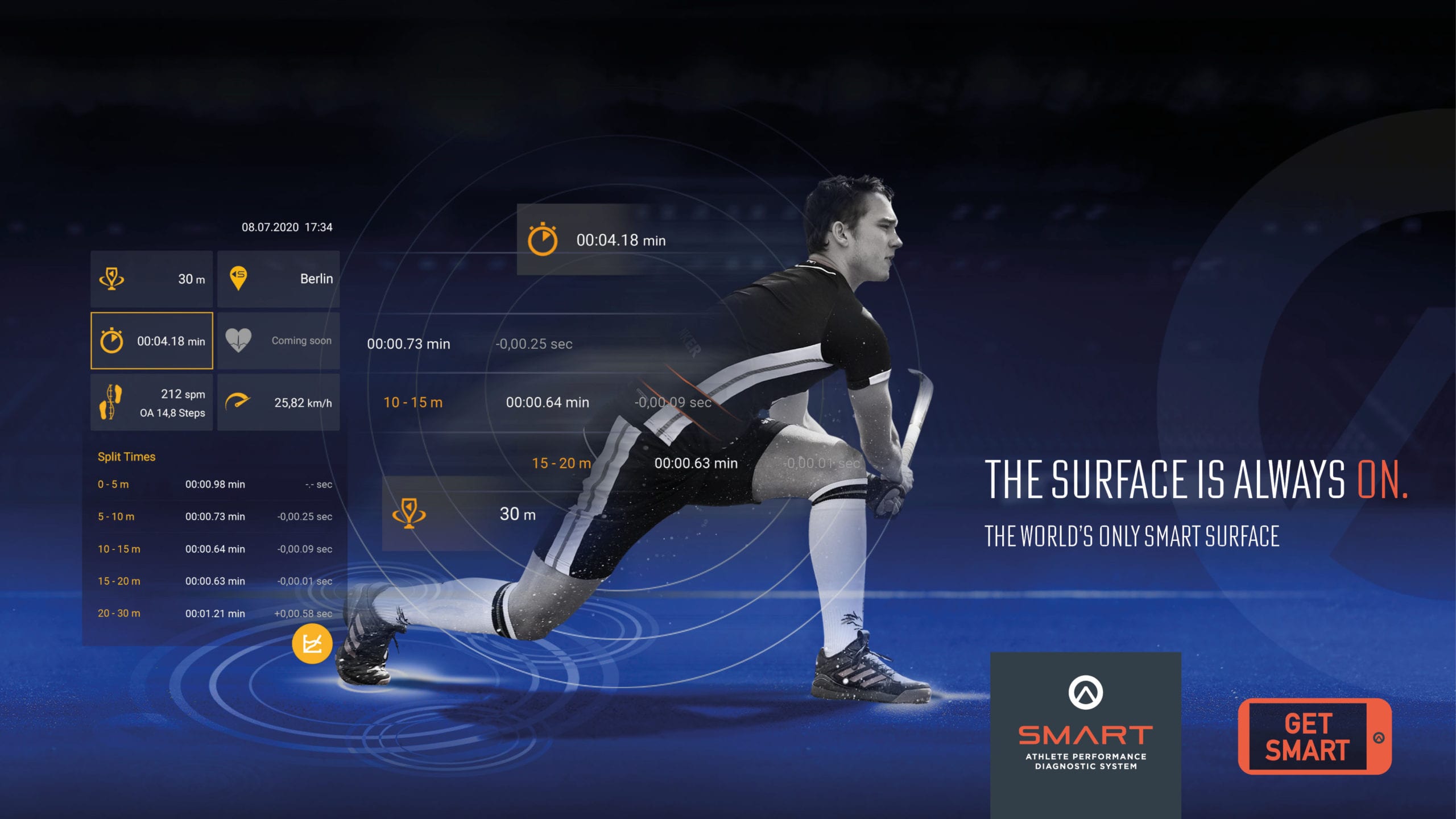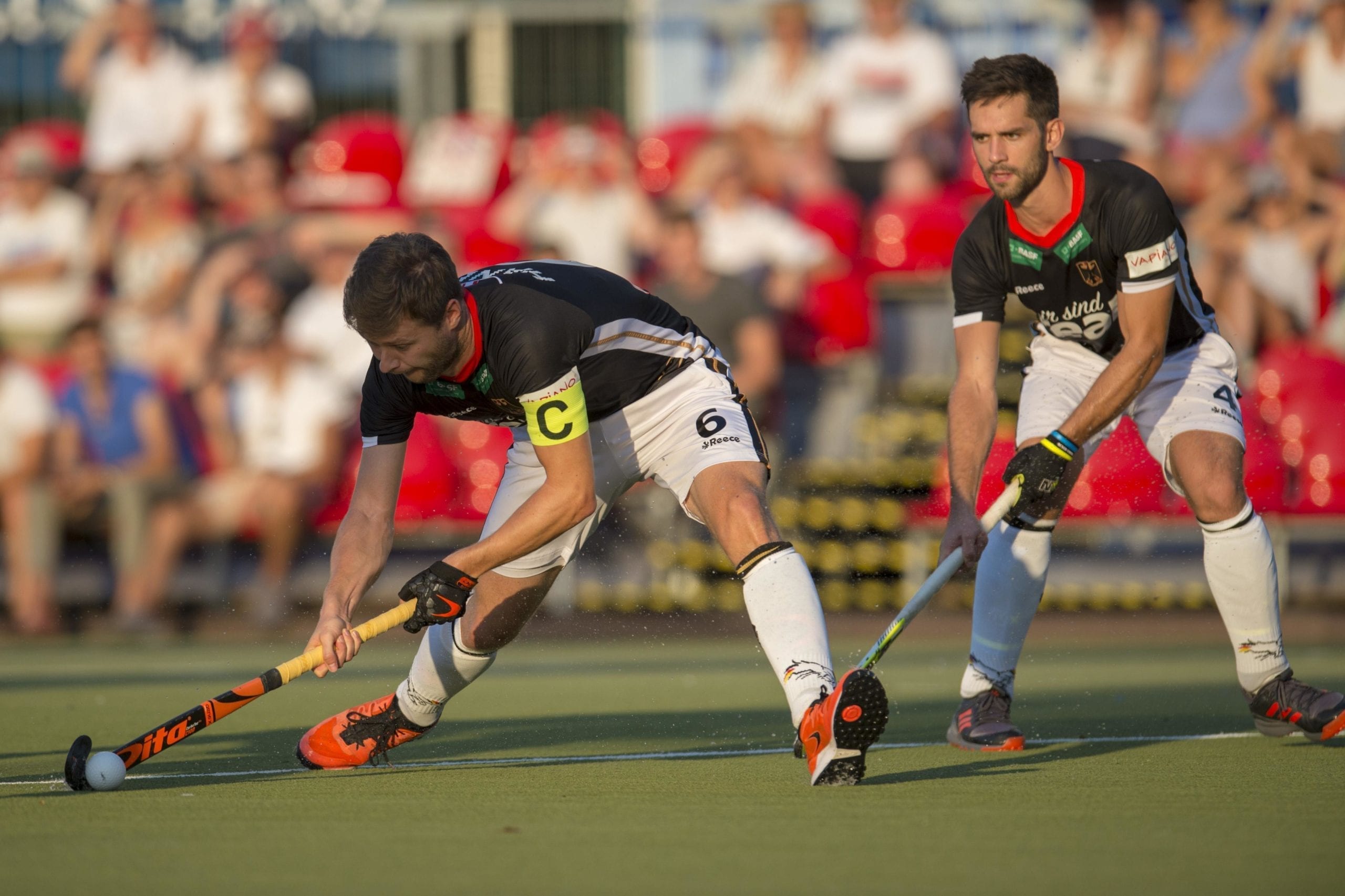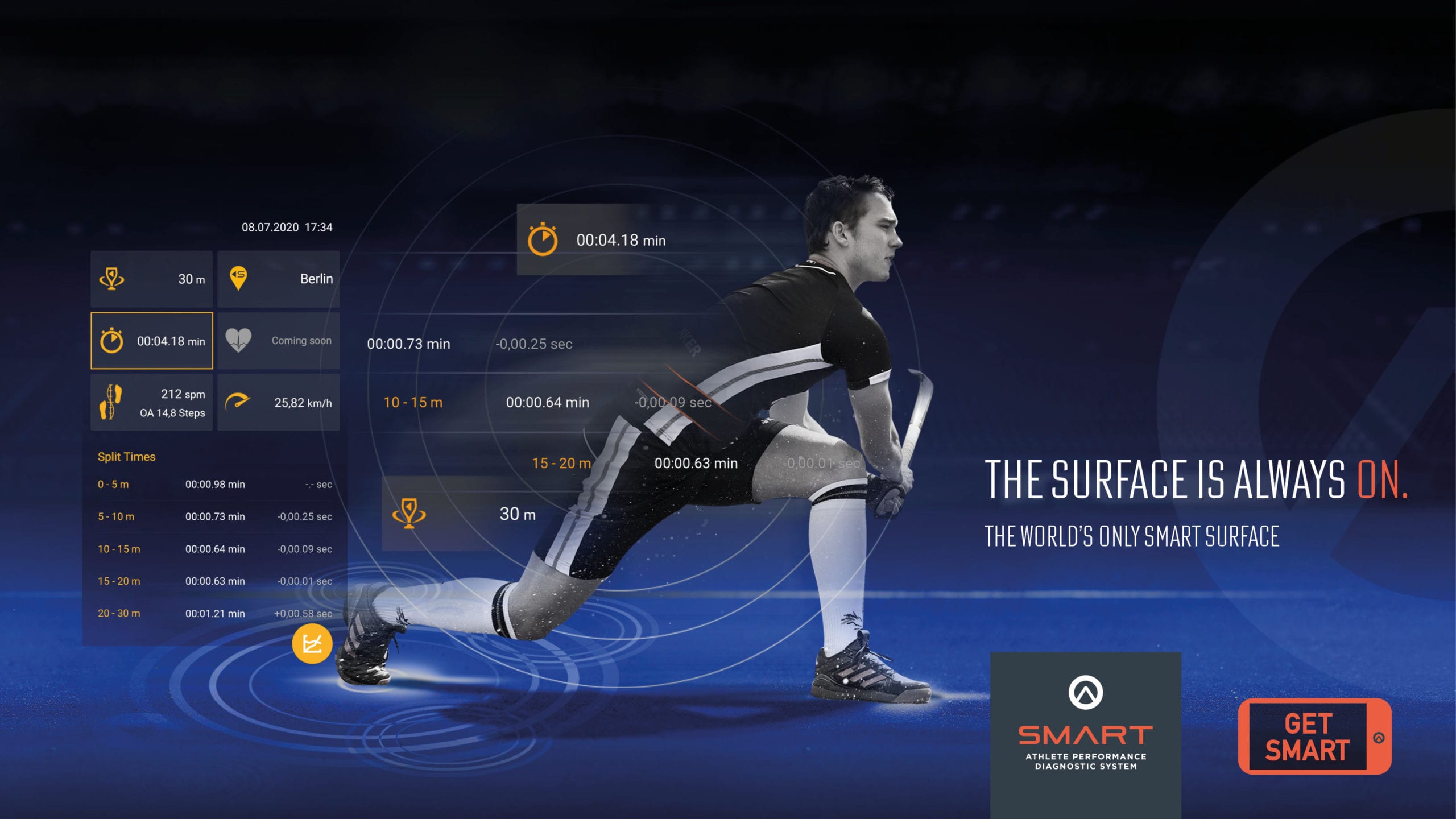Fast, modern, challenging – hockey is a fascinating sport. And after Germany crashed out of the football World Cup in Russia, other sports have a real chance to emerge from its shadow. The Women’s World Cup recently demonstrated just how exciting hockey can be. Football still ranks first in Germany, but in our neighbouring country, (men’s) football has been in crisis for some time. It’s an altogether different story for Dutch women’s hockey! They show how it’s done. They have just been crowned world champions in London. And in rousing fashion! They thrashed their opponents from Ireland 6-0 at the Hockey Women’s World Cup 2018. And they were lucky the gap wasn’t even wider. The Dutch women were superior in all respects – and are now world champions for the eighth time: a record! They had previously knocked New Zealand out of the tournament in the last sixteen, the English in the quarter-finals and the Australian Hockeyroos in the semi-finals. Not bad, considering those teams rank fourth, second and fifth in the world! The top scorers in London? Kitty van Male and Kelly Jonker. From the Netherlands – of course. Best player of the tournament? Lidewij Welten. The Netherlands. The reward: the gold medal and first place in the world rankings. Which we’re thrilled about, of course. What makes us equally happy is that all matches took place at the Lee Valley Hockey & Tennis Centre London – and on a Polytan synthetic turf pitch. To be more precise, on Poligras Platinum CoolPlus.
Hockey – modern, despite a long tradition
Hockey today is a modern, fast sport – and one of the oldest games there is. The tombstone of an athlete from ancient Athens shows a game scene with sticks and a ball strongly reminiscent of hockey. The relief dates back to 510 BCE. Hockey was later cultivated primarily in England – the first hockey club was founded there around 1840, where the oldest written hockey rules in the world, the ‘Rules of Harrow’, were established in 1852. Thanks to the British Empire, hockey then spread virtually all over the world. The game was cultivated particularly in the former colonies, and for a long time Pakistan and India dominated the world elite. Today, nations like Australia, New Zealand, England and Argentina are leading – and right now the Netherlands. Germany is currently in the process of making a name for itself in hockey. The women are currently in 5th position in the FIH world ranking, and the men are in 6th.
This is encouraging, especially since the hockey community in Germany is still relatively young: well over half of the 81,000 people active in the sport are young people, around 35% of whom are only between seven and fourteen years old. There are 372 hockey clubs in Germany. About half of all German Bundesliga teams – men and women – play on an artificial grass system from Polytan. But hockey also has two other traditions. On the one hand, it is one of the oldest sports that was accessible to women – they fought with clubs and balls as early as 1900. The fact that women playing hockey wear skirts stems from this history. It’s the same in tennis. On the other hand – and this is where we come in – synthetic turf has a long tradition as a pitch surface for hockey matches. The first Olympic hockey tournament was held in 1976 in Montreal. And since then artificial grass has become an indispensable part of this sport. These days, all important competitions such as the World Cup and Olympic Games, as well as international matches, are held on synthetic turf.
Hockey fields with synthetic turf systems
There are many good reasons for this. Above all, the even, dense surface structure. Compared to naturally grown grass, it allows more precise, faster and therefore more exciting moves. The lower divisions of amateur and recreational athletes appreciate another aspect: how low-maintenance and robust the unfilled synthetic turf is. But the colourfulness of synthetic turf is also significant for hockey. Our blue pitch with a pink border caused a sensation during the 2012 Olympic Games in London. In the Riverbank Arena, however, the blue colour not only caught the eye visually, the intense shade also increased the contrast between the pitch and the yellow ball.
This benefited players, spectators in the stadium and TV viewers at home alike. Today, the colour blue has established itself on pitches at numerous facilities worldwide. For example, in London’s Lee Valley Hockey & Tennis Centre, where the Dutch have just become world champions. The grass was specially renovated in the run-up to the matches and the border was bathed in rich blue. For the 2015 European Hockey Championships, a Union Jack was incorporated around the pitch, with the aid of red and white partial surfaces in the border. This seems to have done some good: the European champions that time around were the English. And their opponents, incidentally, were the Netherlands.
Poligras Platinum CoolPlus sets new standards in hockey
The Poligras Platinum CoolPlus turf used in London is an unfilled synthetic turf system, a consistent further development of the Poligras Mega CoolPlus synthetic hockey turf system, which has already been tested several times in international competition venues. The Poligras brand brings together all leading hockey products from the Polytan Group. The Poligras Platinum CoolPlus system guarantees an even more compact lawn thanks to a higher stitch density. Additionally, a new texturing process, Polytan PreciTex texturing technology, makes it possible to curl the blades of artificial grass perfectly. This enables fast play with precise, unhindered moves. The closed surface also allows the CoolPlus function of the turf to work perfectly. This in turn heats up the pitch less on hot days while also reducing water consumption. The hockey turf has been approved for the Global category in accordance with the latest FIH regulations and has also been awarded an RAL quality control seal. Experts, international associations and the players at the World Cup in London have been won over by Polytan’s quality.
Polytan: World leader in hockey
Of course, In addition to our surfaces being used in London, we are also present as a partner of FIH with our logo, LED bands, video spots and in the exhibition space. This is the result of consistent efforts over recent years. As the world’s leading manufacturer of synthetic turf and sports surfaces, we have now secured a leading position in global hockey. Decisive factors for this are the consistently high product quality and the constant further development of our synthetic hockey turf systems.
Since 2012, for example, we have been the “Preferred Supplier” of the FIH and have also equipped the last three Olympic Games with synthetic hockey turf. Through a new partnership with FIH (Polytan is now an FIH “Global Supplier”) concluded in spring 2016, the World Cup and the Olympic Games in Tokyo will be added until at least 2020. We also have a partnership with the European Hockey Federation (EHF): This assures Polytan exclusive rights as “Preferred EHF Hockey Turf Partner” for two years until 2018. One of the aims of both cooperations is to promote hockey worldwide as part of the 10-year “Hockey Revolution” strategy and to develop it into a popular game that will inspire future generations.
Children's and youth hockey: Promoting young talent for the future
Our longest partnership is with the German Hockey Federation (DHB). The intensive cooperation has been supporting the further development of hockey in Germany for many years. Together with the DHB, we have also launched the “Next Generation Athletes” (NGA) programme – another important building block in the long-standing partnership between the DHB and Polytan. The primary goal of the NGA programme is to support and promote talented hockey players in their sporting careers. One of them is Eric Knobling, who is already an important member of the U21 national team. Elisa Gräve, a national hockey player who joined the squad in London and reached the quarter finals with the German team, has proved to be an extremely successful ambassador for the programme.
The Hockey Men’s World Cup will be held in Bhubaneswar, India, in November 2018. On synthetic turf from Polytan, of course. Naturally, we hope that the German players will be able to build on their World Cup successes of 2002 and 2006. And their Olympic victory in 2012. The Dutch women’s team has just shown how it can be done. Speaking of which, they were also Olympic runners-up in Rio in 2016. Following on from their gold medal in 2012 in London.



















